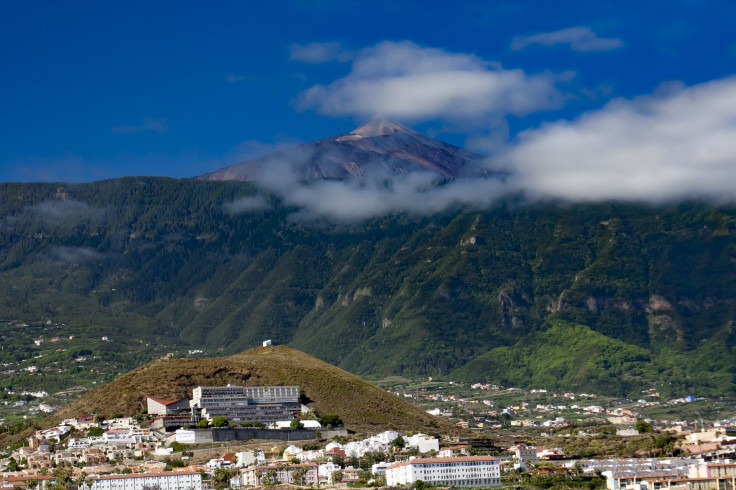Eruption Risk: Will Mount Teide Erupt After Spain's Canary Islands Earthquakes?

If the Mount Teide volcano were to erupt, it could be devastating for the small island that it calls home. That’s why a series of earthquakes at the volcano, within Spain’s Canary Islands, has some people worried that an explosion is imminent.
Volcano fears have been spreading around quite a bit lately, and Mount Teide at the heart of Tenerife, part of the island chain off the northwestern coast of Africa, has gotten swept up in the panic. But the Volcanological Institute of the Canary Islands, known by the acronym INVOLCAN, has said there is nothing to worry about.
“There is nothing that leads us to think that there will be an eruption,” INVOLCAN communications manager David Calvo told Euronews.
His comment came after media outlets were reporting an increase in seismic activity around Mount Teide. The Mirror noted about 20 earthquakes in a space of a few days.
According to Calvo, however, those earthquakes were such faint tremors that nobody felt them — they were only recorded with scientific equipment. The INVOLCAN spokesman also said experts haven’t seen other signs of impending eruptions, like changes to the terrain, more powerful tremors or temperature changes in the area.
Instead, Calvo told Euronews that the group of earthquakes were what is known as a “seismic swarm,” which is not necessarily a prelude to something more.
Mount Teide last erupted in 1909.
Volcanoes around the world that are close to population centers have been the targets of speculation lately, with people seeing tremors as signs they were about to blow.
Earthquakes can be linked to volcanic activity because they are related to the uplifting of the ground at one of these sites. The uplifting creates more room underground, and the molten rock called magma — that will later erupt as lava — fills the empty chambers that were opened up with the uplift.
Bardarbunga volcano in Iceland has experienced seismic activity lately, just a few years after its volcanic system last erupted and sent clouds of ash and gas billowing into the air. There has also been seismic activity and ground uplift at the Italian supervolcano Campi Flegrei, which is right next to Naples and is a stone’s throw away from Mount Vesuvius, the infamous volcano that covered the ancient Roman city Pompeii in a pyroclastic flow that instantly killed the people in its path.

People have also worried about signs of eruptions at Mauna Loa, Hawaii’s biggest volcano, and at the Yellowstone supervolcano in the U.S. mainland.
A supervolcano receives its title when it has erupted at a magnitude of 8 — the highest possible on the Volcano Explosivity Index.
When a volcano erupts, it can kill people even up to 100 miles away. Those closest to a volcano may die from projectiles like rocks that shoot out of it or the pyroclastic flows, the masses of rock, gas and ash that are hot enough to kill instantly. Beyond that, a volcanic eruption can hurt people when, for example, it triggers a tsunami.
© Copyright IBTimes 2024. All rights reserved.





















